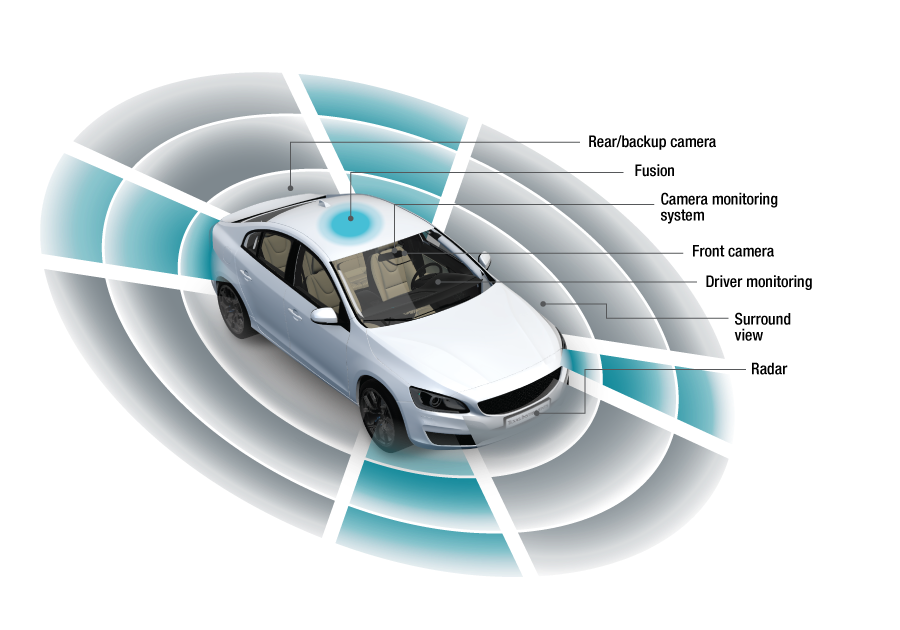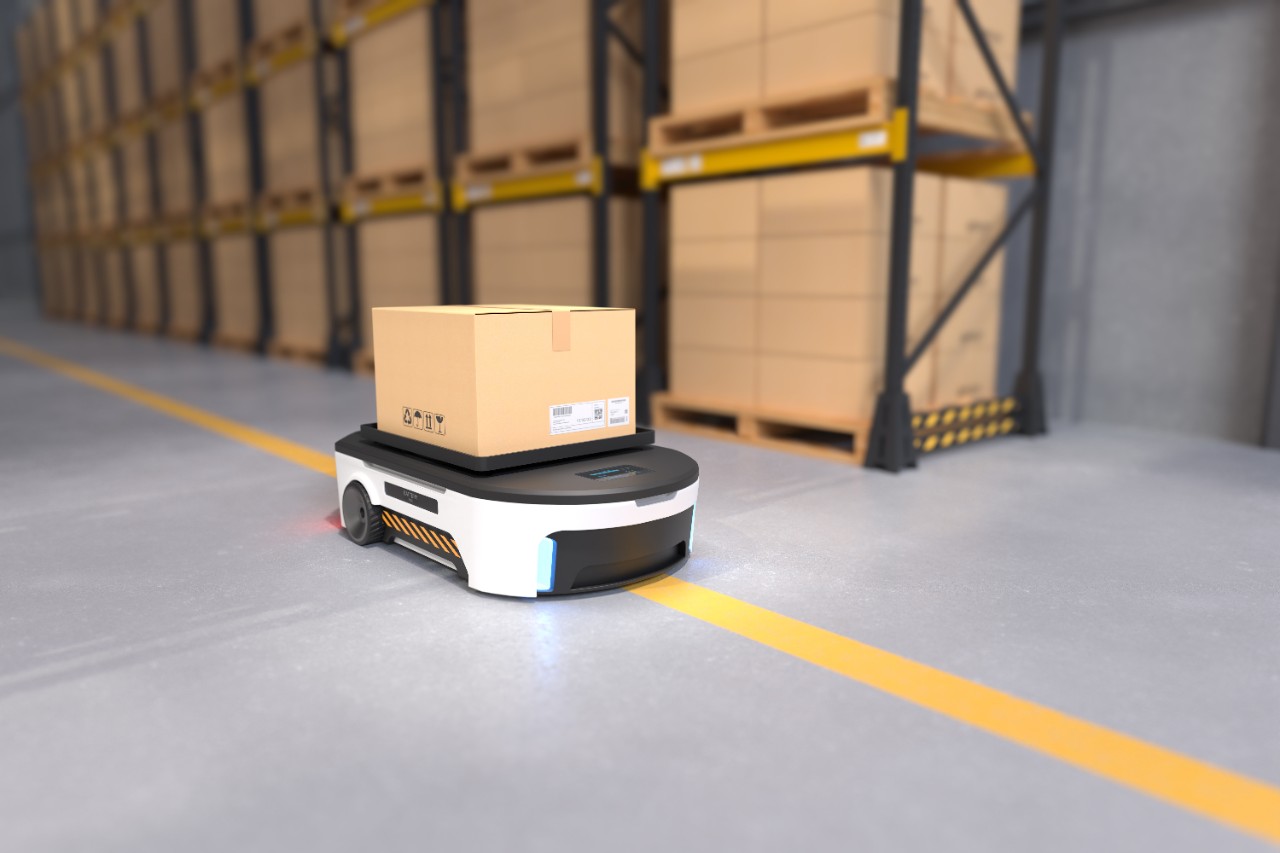SLYY220C May 2023 – October 2023 ADS131M04 , AMC3302 , AWRL6432 , TMAG5170-Q1 , TMAG5170D-Q1 , TMAG5173-Q1 , TMCS1100
Sensor ICs for robotics and ADAS
Increased demand for automation across all industries is boosting the use of robots in both factories and our daily lives. For autonomous robotic systems to be successful, they must be able to interact in their contextual environments as they collaborate, co-work and coexist with humans and other robots. Collaboration and safety are made possible through vision, radar and lidar sensing in robots since these modalities allow the robot to perceive the proximity and nature of objects around it.
Similar to humans, robots rely on their sense of sight, hearing and touch in order to react to the world around them. These senses allow them to stop or reduce their speed when humans or another robot are approaching, or when there is an obstacle in their path. Similarly, in ADAS, sensors are deployed around the vehicle to provide a comprehensive, real-time 360° view of the surrounding environments, as shown in Figure 3. These “senses” provide actionable information for the driver, helping them assess the hazards around them and react accordingly.
 Figure 3 Radar sensing for ADAS showing
the range of view for multiple cameras and sensors.
Figure 3 Radar sensing for ADAS showing
the range of view for multiple cameras and sensors.TI mmWave radar sensors like the IWRL6432 provide highly accurate measurements for both robotics and automotive applications. These sensors measure not only the distance of objects in their field of view, but also the relative velocities of any obstacles in challenging environmental conditions like darkness.
These sensors use radio waves and their echoes to determine the direction and distance of a moving object by measuring velocity, angle and range, helping robots and vehicles take more predictive actions based on how quickly objects are approaching the sensor. TI mmWave sensors are also Safety Integrity Level 2-certified and include built-in security to support evolving safety standards at a system level.
Accurate odometry information is essential for navigation in autonomous mobile robots (shown in Figure 3); this information is derived from measuring the rotation of wheels on the robot’s platform. 3D Hall-effect position sensors like the TMAG5170 provide ultra-high precision at speeds up to 20 kSPS while using less power. Another benefit of the TMAG5170 is its built-in angle calculator engine, which frees up the microcontroller for other functions.
 Figure 4 Autonomous mobile robot in a
warehouse.
Figure 4 Autonomous mobile robot in a
warehouse.